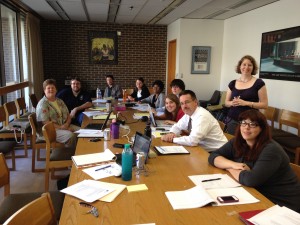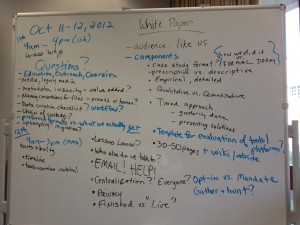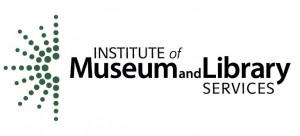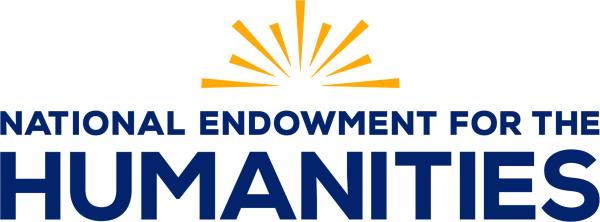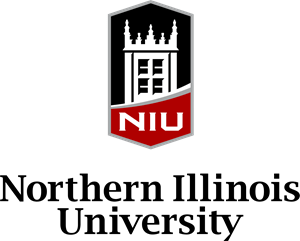**Disclaimer- No we don’t actually think we (or you) are “dummies” for not knowing this information, even if that is how we may feel. It’s just a catchy title. ; )**
We have all been there at some point in our lives. We set out to get something done and have no idea how to do it. So the logical next step is to find some sort of instructions, yeah? *insert head nods*
We (many of us on the Digital POWRR team) had such a question about what to do first when we have a physical piece of media in our hands. Low and behold we found this wonderful article that we believed would solve all our problems!
Erway, Ricky. 2012. You’ve Got to Walk Before You Can Run: First Steps for Managing BornDigital Content Received on Physical Media. Dublin, Ohio: OCLC
Research. http://www.oclc.org/content/dam/research/publications/library/2012/2012-06.pdf
(Seriously, it’s great! Give it a read!)
After briefly reading over it many of us accepted that the problem was solved and moved on with our lives temporarily. Until recently, when one of us actually tried to go through step by step. We realized our knowledge may not be as deep as we originally thought. Therefore we have taken this wonderful article that gives a step by step process to get off the ground running with physical media, and added some additional information for those of us who may not have all the training to get over the hurdles we weren’t aware were going to be in our way. It can be found in our Digital Preservation 101 section of this website, or directly linked right…HERE.
The process for discovering these resources was just a simple process of researching the things that tripped us up. Like how do we “Write Protect” things, what is a disk image, and how do we create a checksum? The additional resources are just links to places that will help to answer those questions, so instead of you having to take the time to look for them, we did! **Disclaimer** No we don’t actually think we (or you) are “dummies” for not knowing this information, even if that is how we may feel. It’s just a catchy title. ; )

